Praseodymium Cerium Manganate Sputtering Target Description
Praseodymium Cerium Manganate Sputtering Target is made from praseodymium, cerium, manganese, and oxygen. These high-purity targets are essential in deposition processes to achieve high-quality films. TFM specializes in producing sputtering targets with up to 99.9995% purity, ensuring reliable and consistent product performance through rigorous quality assurance processes.
Related products: Praseodymium Sputtering Target, Cerium Sputtering Target, Manganese Sputtering Target
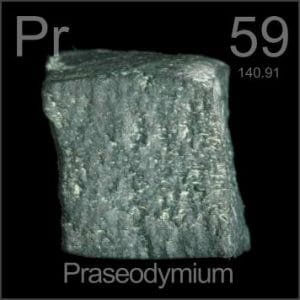
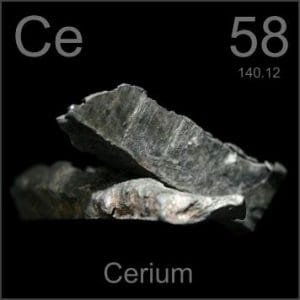
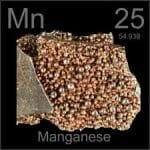
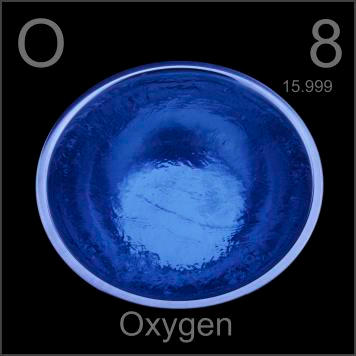
Praseodymium Cerium Manganate Sputtering Target Specification
| Material Type | Praseodymium Cerium Manganate |
| Symbol | Pr(1-x)CexMnO3 |
| Color/Appearance | Solid |
| Melting Point | / |
| Density | / |
| Type of Bond | Elastomer, Indium |
| Available Sizes | Dia.: 1.0″, 2.0″, 3.0″, 4.0″, 5.0″, 6.0″ Thick: 0.125″, 0.250″ |
We also offer other customized shapes and sizes of the sputtering targets; please Contact Us for more information.
Praseodymium Cerium Manganate Sputtering Target Application
Praseodymium Cerium Manganate Sputtering Target is utilized for thin film deposition, decoration, semiconductor applications, displays, LEDs, and photovoltaic devices. Additionally, it is used for functional coatings and various optical information storage industries, including glass coatings for automotive and architectural applications, as well as in optical communication.
Praseodymium Cerium Manganate Sputtering Target Bonding Services
Specialized bonding services for Praseodymium Cerium Manganate Sputtering Targets, including indium and elastomeric bonding techniques, enhance performance and durability. Thin Film Materials (TFM) ensures high-quality solutions that meet industry standards and customer needs.
We also offer custom machining of backing plates, which is essential for sputtering target assembly. This comprehensive approach improves target design flexibility and performance in thin film deposition. Our channels provide detailed information about bonding materials, methods, and services, helping clients make informed decisions.

Praseodymium Cerium Manganate Sputtering Target Packaging
Our Praseodymium Cerium Manganate Sputter Targets are meticulously handled to prevent any damage during storage and transportation, ensuring the preservation of the products’ original quality.
Get Contact
TFM offers Praseodymium Cerium Manganate Sputtering Targets in various forms, purities, sizes, and prices. We specialize in high-purity thin film deposition materials with optimal density and minimal grain sizes, which are ideal for semiconductor, CVD, and PVD applications in display and optics. Contact Us for current pricing on sputtering targets and other deposition materials that are not listed.


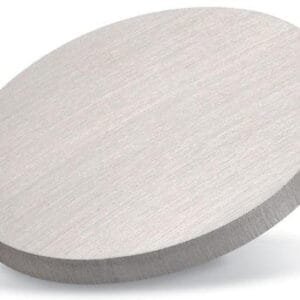

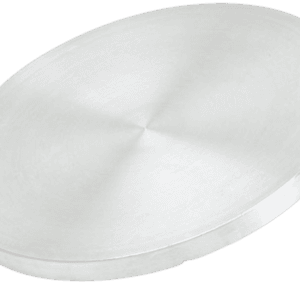
Reviews
There are no reviews yet.